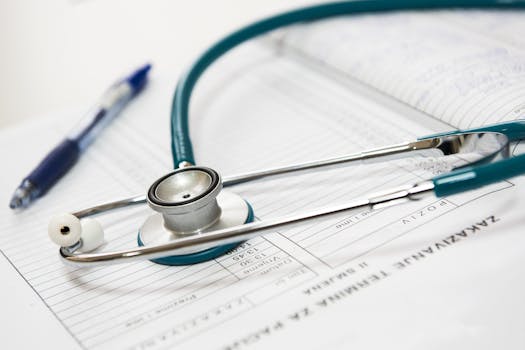If you’re researching complications after cosmetic surgery, it’s important to know what fat necrosis after bbl looks and feels like and how to manage it. This condition can cause lumps, firmness, or areas of discoloration where transferred fat didn’t establish a blood supply, and understanding signs, prevention, and treatment options helps you make informed choices before and after a Brazilian Butt Lift.
Recognizing fat necrosis following a Brazilian Butt Lift
Fat necrosis is the localized death of fat cells that can occur after any fat grafting procedure, including a BBL. Patients may notice one or more firm nodules, tender spots, or small dimples under the skin weeks to months after surgery. While many lumps are benign and resolve over time, persistent pain, enlarging masses, or changes in skin tone should prompt a reassessment by your surgeon.
Causes and risk factors for bbl necrosis
The most common reasons fat necrosis occurs include poor graft survival due to inadequate blood supply, excessive injection volumes into a single area, trauma, infection, or smoking, which reduces tissue oxygenation. Surgical technique matters: micro-droplet fat placement and careful layering promote revascularization and reduce the chance of fat dying off. Patient factors such as low circulation, comorbidities like diabetes, or use of certain medications can also increase risk.
How it’s diagnosed
Surgeons typically begin with a clinical exam. Imaging such as ultrasound or MRI can distinguish fat necrosis from seromas, abscesses, or other masses. In uncertain cases, a fine-needle aspiration or core biopsy may be performed to confirm the diagnosis. Distinguishing benign fat necrosis from other complications is essential so that appropriate conservative or surgical management can be planned.
Treatment options and when to see a doctor
Many small areas of fat necrosis settle with conservative care: observation, anti-inflammatory measures, avoiding smoking, and time. Some clinicians use massage, ultrasound therapy, or steroid injections to soften stubborn nodules. If a lesion is painful, growing, or cosmetically bothersome, a surgical excision or liposuction of the necrotic fat may be necessary. Always consult your operating surgeon or a board-certified plastic surgeon before pursuing invasive treatments.
Prevention: surgical technique and aftercare
Preventing bbl necrosis starts with a qualified surgeon who uses safe, evidence-based grafting techniques. Key preventive steps include placing small aliquots of fat in multiple planes, avoiding overcorrection, ensuring sterile technique to prevent infection, and optimizing patient health before surgery (quitting smoking, controlling blood sugar, and following medication guidance). Postoperative care—proper positioning, avoiding direct pressure on grafted areas, and following activity restrictions—also supports graft survival.
For those interested in general skin and post-procedure care, consider integrating gentle, sustainable skincare practices into your recovery routine; they can support wound healing and skin integrity. See this eco-friendly skincare guide for ideas on cleansing and protecting delicate post-op skin without harsh ingredients.
When scarring or contour changes persist
Sometimes fat necrosis leads to persistent contour irregularities or scar tissue. In these cases, revision procedures may be recommended once healing is complete—typically several months after the initial surgery. Revision may involve targeted excision, scar release, fat grafting to smooth transitions, or use of injectables in select areas. Discuss expectations and staged planning with your surgeon to determine the safest timeline.
If you want an authoritative overview of fat necrosis and related pathology, this medical summary provides useful background: Fat necrosis (Wikipedia).
- Fat necrosis after bbl often appears as firm lumps or areas of firmness and may be painless or tender.
- Risk is reduced by careful surgical technique, small-volume injections, and optimizing patient health pre-op.
- Many cases improve with conservative care; persistent or symptomatic nodules may need imaging or surgical removal.
FAQ: How soon will fat necrosis show up after a BBL?
Fat necrosis commonly becomes noticeable within weeks to a few months after surgery, as grafted fat either integrates or fails. Some changes are delayed, so follow-up with your surgeon is important if new lumps or pain develop later.
FAQ: Can fat necrosis be prevented entirely?
While risk can be minimized through technique and patient optimization, it cannot be eliminated entirely. Choosing an experienced surgeon, following pre- and post-operative instructions, and avoiding smoking are the best preventive measures.
FAQ: Is bbl necrosis the same as infection?
No. bbl necrosis refers to death of fat tissue; infection involves bacterial growth and is often accompanied by redness, warmth, fever, and discharge. Both require medical evaluation—infectious complications need prompt treatment with antibiotics and possibly drainage.






